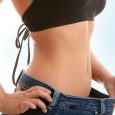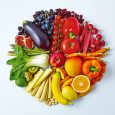Paleo Diet Staples
The Paleo Diet buzz started years back and it took the world by storm – it managed to change the way people looked at eating and dieting. Becoming healthy can be a struggle and it can also be costly and that’s why people look for quick and easy ways to get healthy. The Paleo diet appealed and still appeals to millions of people because basically, it’s not really a diet, it’s a lifestyle of eating the way the first people on earth used to eat – the way nature intended.
Who started it and what is it briefly?
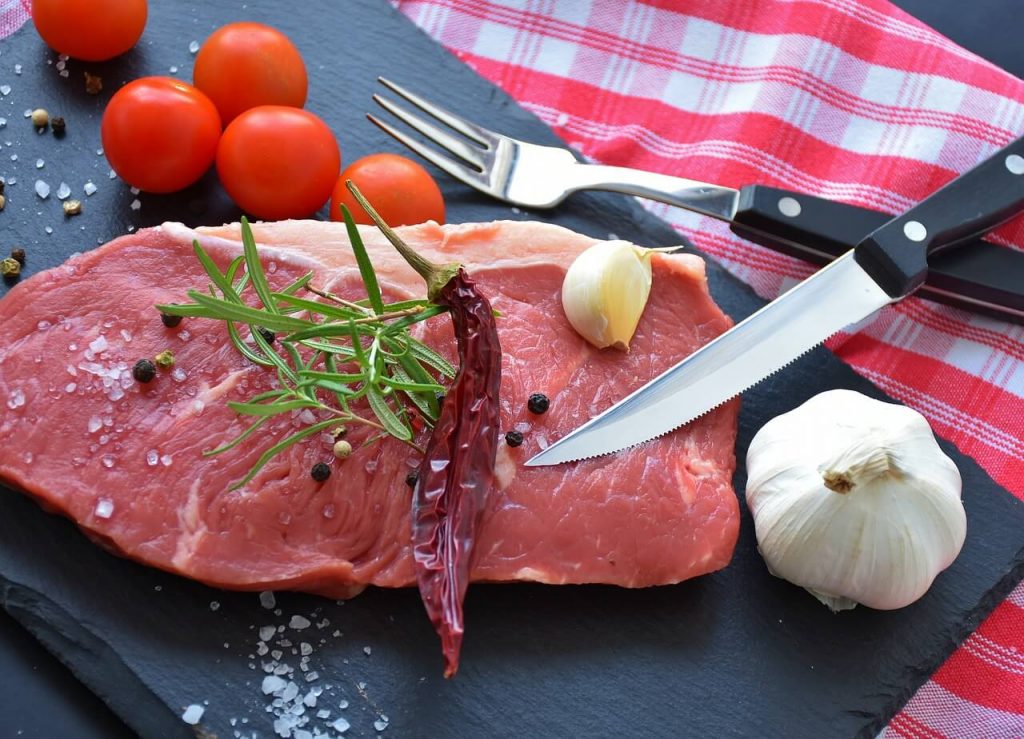
The Paleo Diet includes meats, berries, and nuts – eating what our ancestors did in the Paleolithic era and what they found in nature. When agriculture started, and foods started becoming processed and ‘unhealthy’, that’s when all our health problems started. The Paleo Diet basically says to stay away from all the unnatural modern foods of today, in their processed and refined preparations. That’s why the diet is called ‘Paleo’ because it means ‘old’ or ‘ancient’ – going back to those ancient ways of eating. People living in ancient times were healthy, eating only what nature provided and what they could eat from their hunting. Years later, people wanted to improve on these ancient ways and that’s when agriculture started to evolve. The more civilized people became, the more they wanted to find quick and easy solutions for everything. They started producing food that was much easy to prepare and cook and which become instantly available to them on the markets, kind of becoming ‘lazier’ – meantime, this is when all the health problems and all the eating disorders started to begin and to multiply rapidly.
Once people realized they were becoming sick and deconditioned, they were eager to find ways to be healthy again and that is where the Paleo diet came into being. A study was carried out by Walter Voegtlin, a gastroenterologist and he wrote his findings in his book, the “Stone Age Diet” back in 1975. It suggested that people eat more proteins, avoiding diets that were plant-based. His studies formed the backdrop of the ‘Paleolithic Nutritional Diet’ of two men, namely Melvin Konner and Stanley Boyd Eaton. Their findings suddenly became very popular in Loren Cordain’s book ‘The Paleo Diet’ back in 2002. Even though he published many books specializing in exercise and nutrition, his Paleo diet book was the most prominent, still being extremely popular right up to 2013 and still ranking high in Google searches as well.
Getting down to basics
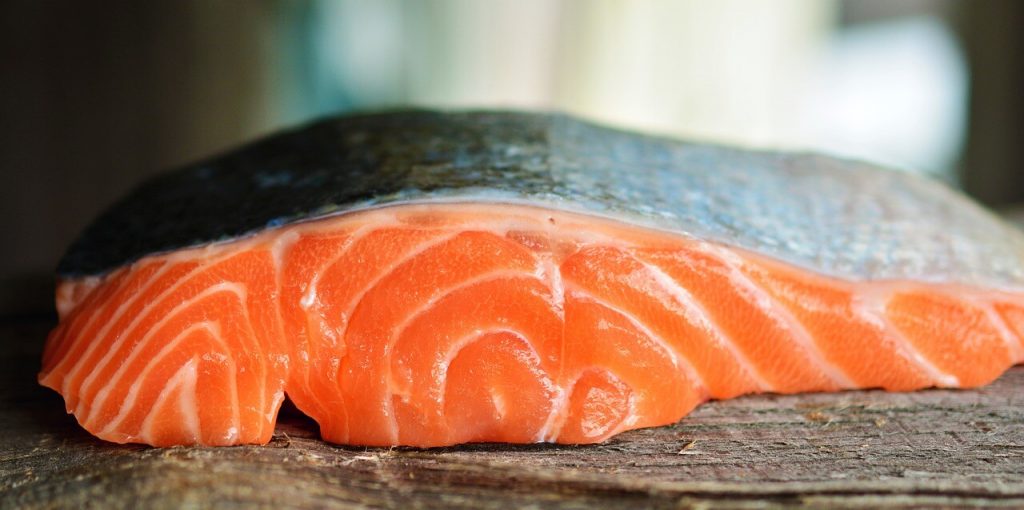
The basics of the Paleo diet are simple; eat plenty of fish, meat, eggs, fruits, nuts, vegetables, spices, herbs, healthy oils, and fats. You need to avoid all the processed and ‘fake’ foodstuffs such as soft drinks, sugar, grains, and a lot of dairy products, artificial sweeteners, legumes, vegetable oil, trans-fats and margarine. In case you are not sure, trans-fats are types of fat found in many foods and are considered bad because they increase cholesterol levels in the blood. They decrease the good levels of cholesterol in your blood too.
That means if you are eager to follow the Paleo Diet, you will have to say goodbye to the cereals, the pasta and the sweets and chocolates. Think about your caveman ancestors – none of these foods were around in their day and they were the healthier for it. If you are eating the caveman type of diet, you don’t really need to count calories either because removing sugar, processed and refined foods from your diets makes you healthy and lean in any case – the caveman never had unnatural sugars and fatty hamburgers and refined and processed foods to contend with back in the day – he didn’t have to count calories!
Why then do people quit the Paleo Diet after a couple of days?
There are people who find the Paleo Diet restrictive, they feel that they can’t keep such a diet up for too long.Here are the reasons why people quit this diet – read it before you start it in case you feel the same:
1. Too hard to follow in special holiday times
2. Not sufficient support from family and friends in social situations
3. Did not see results quick enough
4. Difficult transitioning into the new lifestyle
5. Time consuming and boring
6. Too many restrictions
When you look at the above, it can be seen that you need to go into this diet for the right reasons – it is more than just wanting to see yourself lose weight. Some people think that because they don’t have to count calories they can buy truckloads of Paleo foods from their grocer and wolf it down like it’s going out of fashion. No, you need to control the portions to see the results. You need the right mindset, focusing on the right foods and structuring your life so you are not tempted to give in.
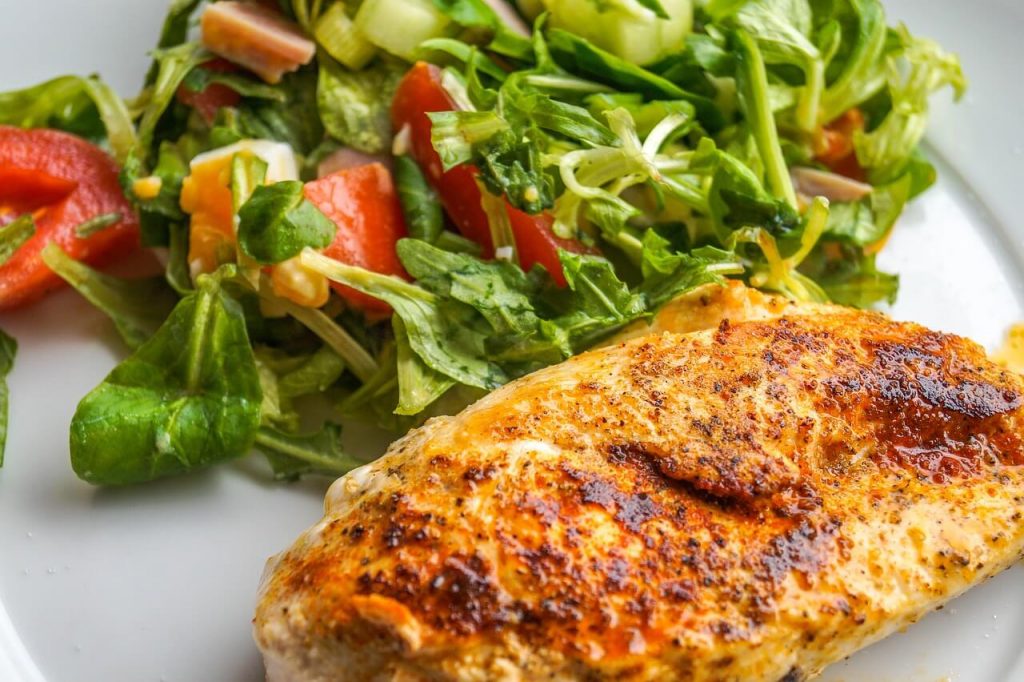
How does Paleo work?
To many, the Paleo diet sounds like just another fad, another marketing tool – but you should realize that it is not really a diet – it’s a way of life – thousands of years ago, our ancestors thrived on the way they lived, naturally; eating the foods that were provided for them through hunting and what Nature offered. Today, over all these thousands of years, the genetic makeup of humans has not changed one little bit – the shape of the body has though. The original human species back then were agile, athletic, muscular and versatile. Today we are shapeless, we are stressed, we are unhappy, we are fat and too big from all the hormones in our modern foods – we can’t even fall asleep naturally anymore – and we are suffering today because of it.
As agriculture started taking off, humans advanced from being hunters to being farmers, and over time, started to consume things that made life easier andquicker. As time passed by, humans started loading up with other things over good meat, in-season fruits, vegetable, nuts, seeds and herbs, and spices – these things that kept the body in tip top condition now were replaced with bread, grains, corn, rice, pasta. Today we can see the results – we are fatter, unhealthier, deconditionedand lethargic – with no signs of abating. We know that something is not right, but we are not doing anything to fix it. That’s why the Paleo diet came into being, to try and encourage people to go back to those ancient times and to start living once again, full of energy, bright and happy. Back in ancient times, grains never were part of a caveman’s diet. Today, we can’t do withoutgrains which are just composed of carbohydrates which later turns into sugar which gets used as energy or stored as fat. What’s in grains? Things called lectins and glutens. What’s wrong with them? Well let’s look at glutens first:
Glutens are proteins that you find in your wheat, rye, and barley. These days you must have heard heaps and heaps of people talking about being gluten intolerant, meaning your body battles to digest them and causes inflammation (that’s why you see so many products in our stores that say gluten-free).
Lectinsare natural toxins that are to be found in grains to keep them from being eaten by humans (almost like a defense mechanism). When you consume lectins, you are actually not doing your gastrointestinal tract any good; your gut battles to protect itself again wear and tear because of damage that lectins cause. To put it very simply, the human body can’t digest grains very well
If you decide to start the Paleo diet,you will cut out sugar almost entirely out of your diet; the bad sugar. Sugars from natural fruits you will still be getting, but you need to forget about any other sugars which causes energy spikes, and which also convert to fat in your body unless it is used up immediately. Bottom line is this – the staplesof the Paleo Diet simply put is NO SUGAR, NO PROCESSED FOODS, AND NO GRAINS!
Where will your energy come from then?
All those sugars and pasta that you were eating and which were giving you energy spikes – where will you get your energy from now? Did you know that the body was made to operate on much lower amounts of carbs than what we are used to eating? When you start to cut out carbs, your body will then start to take all the stored fat and start to burn it for its energy. This process is called ketogenesis,This means with fewer carbohydrates in your body, your body will need to start burning fat for its fuel and energy sources – with decreased fat storages, you should start to be looking and feeling pretty good.
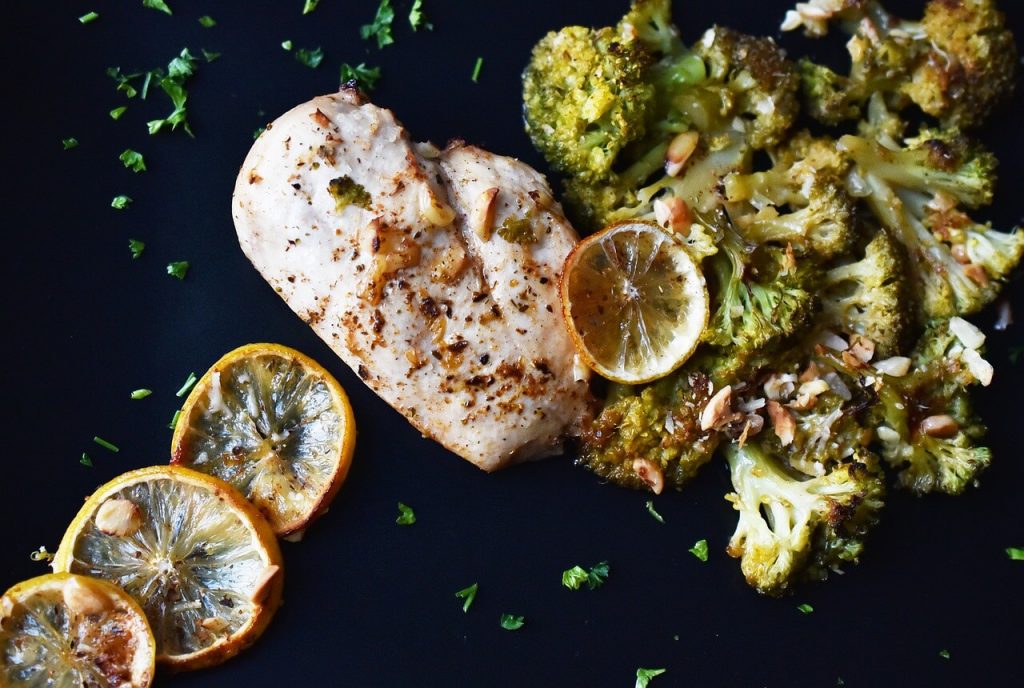
Let’s get this straight – are carbs so bad then?
Actually not – they do serve their purpose in our bodies and diets. Carbohydrates are available to your body in the form of healthy veggies, fruit and sweet potato – the good carbs. Why are they good? Because they are natural foods that occur in wild nature, not needing to be processed in any way, unlike grains, which need to be processed in order to be eaten. What is so fantastic about vegetables is that they are packed to capacity with nutrients and yet do not make the body fat. Look at broccoli, for instance, six servings of broccoli contain a mere 180 calories whilst just one serving up of pasta, and hardly anybody only eats one serving, will set you back 200 calories just in one serving. The Paleo diet is not the ketogenic way of eating which means no carbs or even eating a low carb diet. In the Paleo diet, however, it is recommended that you eat carbs, but to keep your carbs low. It’s one of the pitfalls of the Paleo diet, trying to keep the carbs down. It’s true, to follow this quite restrictive kind of diet when you are surrounded by modern coffee shops with cakes and cookies and pancakes and hot pasta and bread – it can be pretty difficult! Sometimes when people do cut out carbs, they kind of go throughsuch yearnings for carbs, they giveup on the diet before it can make lasting changes in their life.
Where does dairy fit into the Paleo diet?
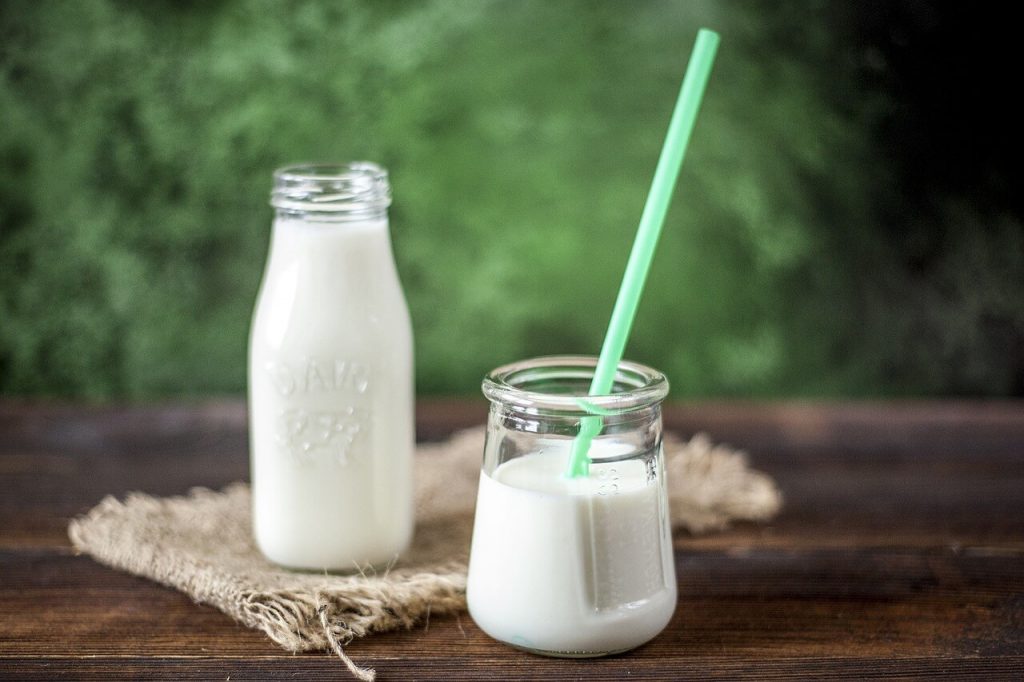
Dairy can be tough because thousands of us love our milk in our coffee and tea, in our milkshakes, in our cereals and yet huge amounts of us are lactose intolerant. But humans have these “problems” with milk simply because we are the only ones in the animal kingdoms who go on drinking milk beyond the baby years. In ancient times a baby would drink milk and then it was over. Try to find raw milk from grass-fed cattle pasture-raised cattle if you still want to have milk. See what you think.
Take away the grains and the dairy – what have you got left?
Right, cutting out the grains, cutting out all processed foods, cutting out dairy – you must be wondering what’s left for you to eat on the Paleo diet? Let’s look:
Grass-fed meat, and NOT grain fed meat because grains cause the same health problems in animals as in humans
Poultry,i.e. duck, chicken, turkey, hen
Fish (wild fish). Farmed fish very often contains toxins and chemicals
Eggs – try and find the omega-3 enriched free-rangeeggs
Veggies – not deep-fried vegetables, eat raw and as much as you want
Oil – coconut, olive, or avocado
Fruit – get your natural sugar from fruits, but limited if you are trying to lose weight
Nuts – high in calories so try and not eat heaps and heaps.
Tubers -such as yams and sweet potatoes
Won’t I get fat?
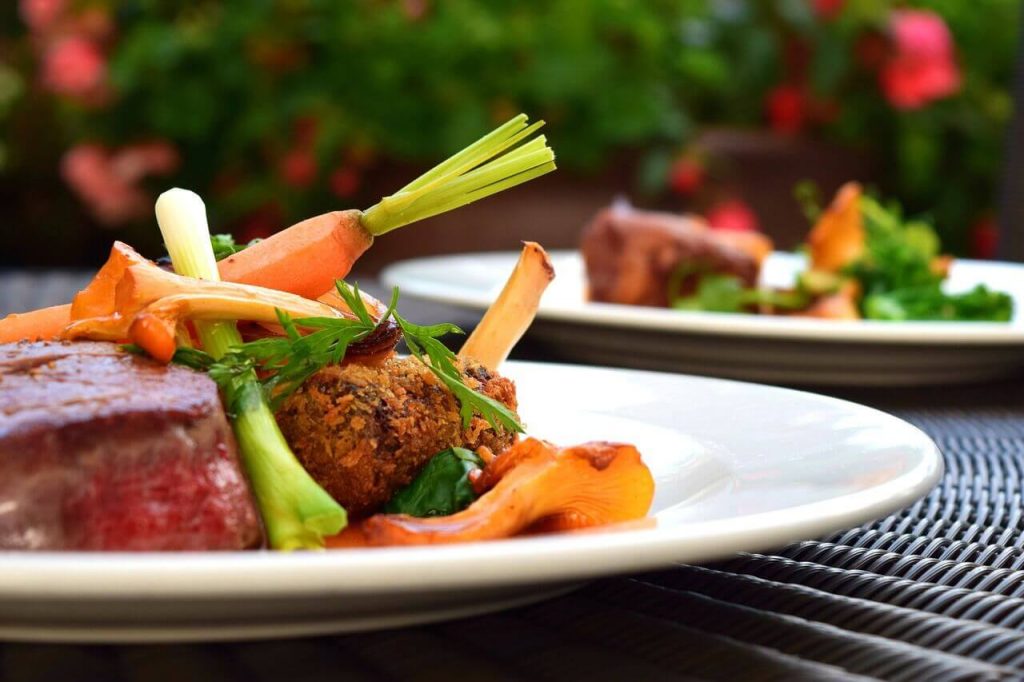
Eating a huge plate of veggies with a medium portion of meat can keep you feeling satisfied for ages. If you ate a heavy carb plate of food, you would soon start feeling the need to eat again. There are many people who attest to the fact that before they go on holiday, for instance, they go on the Paleo diet 100%, they include in that time some running and strength training. In that time, they drop plenty of fat. If you want to try this and see results too, you need to follow the Paleo diet fully when doing it. You can’t do it your way, like eating only nuts and fruits and forgetting about the other parts of the diet – it doesn’t work like that. Because in theory, you then could still be eating heaps of calories and sugar so to speak.
It takes guts to give up the pasta, pizza, and bagels for instance
Absolutely true, and who wouldn’t – who doesn’t love hot bread, smeared with butter and jam? Of course, we love chocolate, candies, hot pies and gravy too – not forgetting that these delightful things were designed to be appealing to the eye, to be simply delicious so as not to be able to resist! But unfortunately, they do not have a place on your Paleo diet plate, so it’s really up to you – do you want to be healthy, lean, toned and attractive or does it not worry you? It’s your call.
You might be happy the way you look because you seem to have the energy to keep going all day – therefore you see no room to improve – then nobody can tell you what to do for your health and your appearance. But if you are struggling, you do not have energy, you keep on reaching for the coffee to supply your energy, you loathe the thought of counting calories and you really are desperate to turn your life around – then the Paleo diet is worth a shot – why not give it a try for a month or so? It would be fair to say that after that month or a bit more, if you did not notice a definite improvement in the way you feel and look, then it would be fair to say go on with the pasta and the bagels. But if you are serious, it is important to give yourself that month, so your body can at least start adjusting from the high carb and sugar intake to burning up the stored fat for its energy – and this can take a couple of weeks. The biggest problem Paleo diet people experience is actually sticking with it.
Where does eating fats come into this diet?
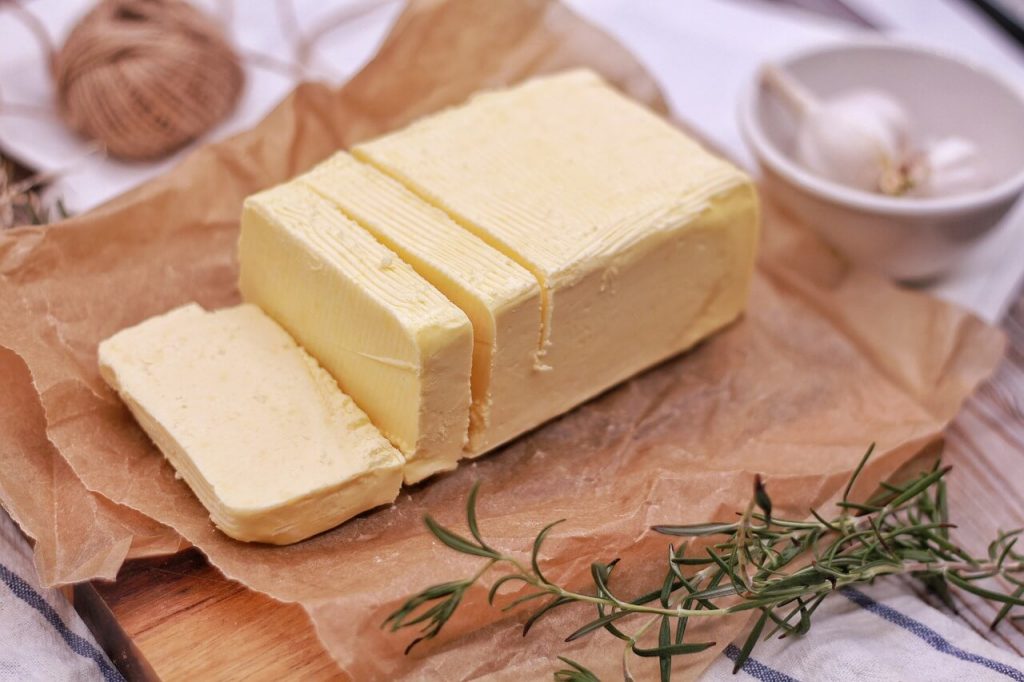
There are researchers who’ve said in the past that low-fat intake is the path to good health. This reasoning seems to have come more to the fore as we have seen the obesity epidemic ballooning out of control. This obesity epidemic which began around the 1980s coincided as well with horrible diseases such as Type-2 diabetes. New research proves however that diets that are low in fat have turned out to be failures. The American people in the past forty years have given up smoking more, they have decreased their cholesterol levels more, and YET, heart disease has not abated at all because of all these improvements in their lifestyles. What does that suggest? Something is not working.
It has to be concluded therefore that healthy fats are necessary for our health and welfare. Low-fat diets were designed with the thinking that you eat fat, you make fat, right? When companies make low-fat foods, they actually take out the fat, replacing fat and fat flavoring with something else, and guess what that something else is? It is sugar – and sugar is what converts into fat in our bodies. It’s not fat that is the enemy here. The enemies are sugars and carbs – which brings us back to the Paleo Diet where fat forms part of your diet.
How often must I eat on the Paleo Diet?
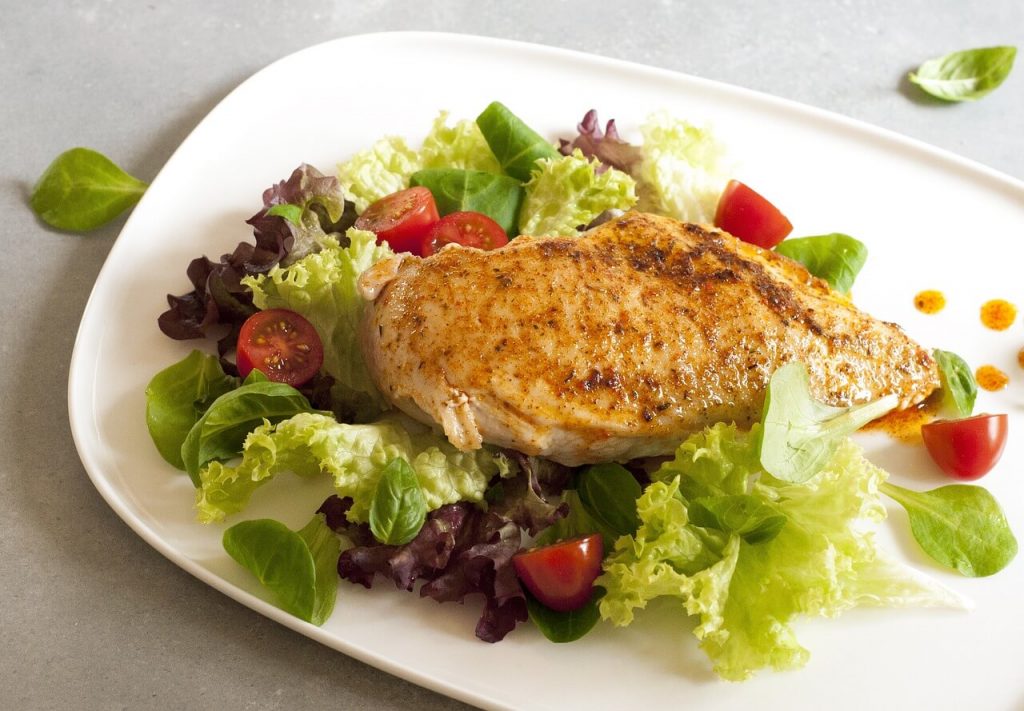
The best way to follow the Paleo diet is to eat when you’re hungry and don’t eat when you are not hungry. Think about those cavemen, they didn’t have the luxury of popping over to vending machines to drink or eat at leisure when the whim overtook them. They might have gone hours, even a couple of days without finding good food and it’s in these situations where our bodies were designed to take care of that – the excess fat stores are used as energy in these types of occasions.
Start on your Paleo diet lifestyle today – it’s worth a try, and especially when you think how it helps even with health issues such as
- Reducing belly fat
- Reducing blood sugar and increasing insulin sensitivity
- Reducing risk of heart disease
- Reducing inflammation
Hungry to get started? Hippocrates was right when he said,“Let food be thy medicine, thy medicine shall be thy food” and the Paleo Diet can do just that for you.





